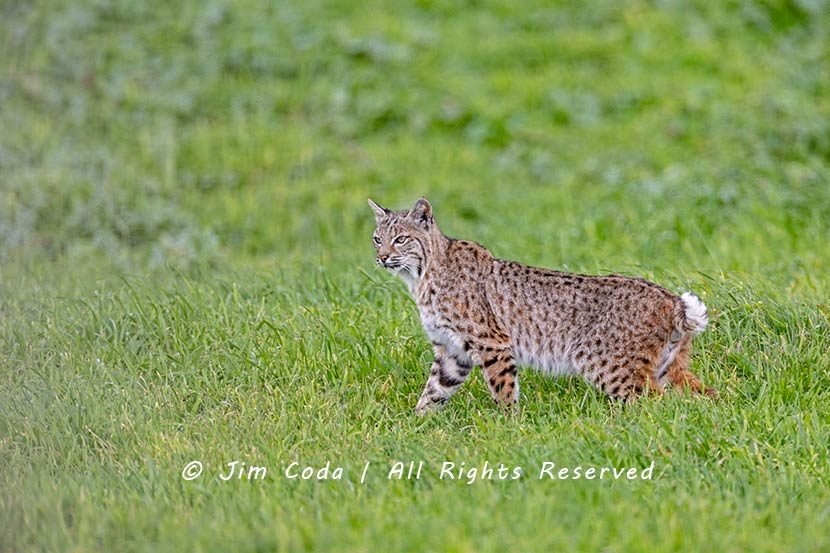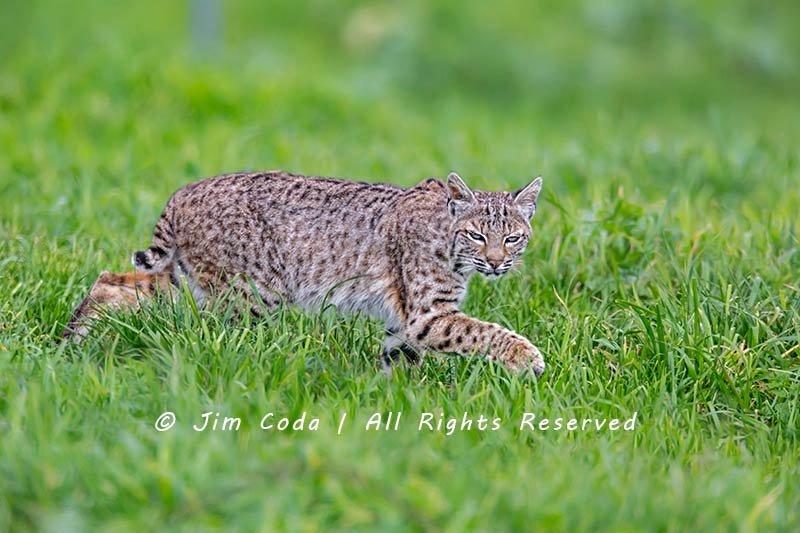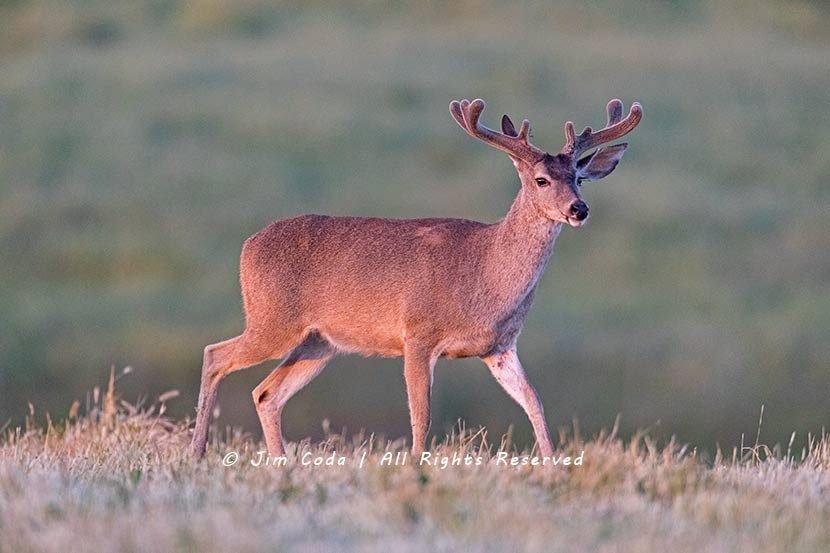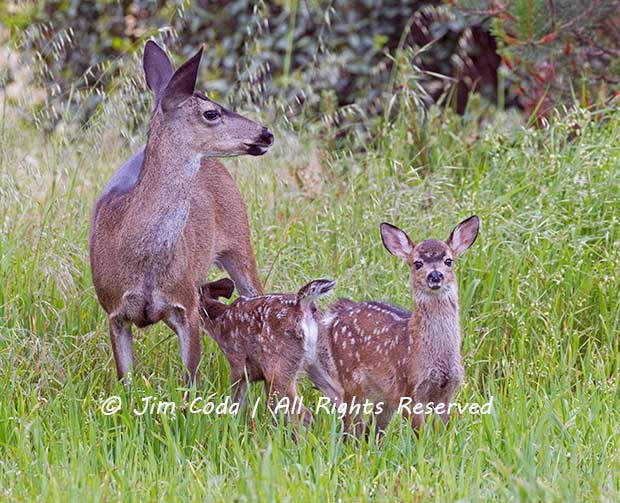Bobcat, Point Reyes National Seashore
I was at Point Reyes the other day. My old friend Handsome Bob, the bobcat, was there to greet me. I have known this bobcat for several years now. I call him Handsome Bob because he has very distinct spots makings along his sides where most bobcats have fewer and fainter markings.
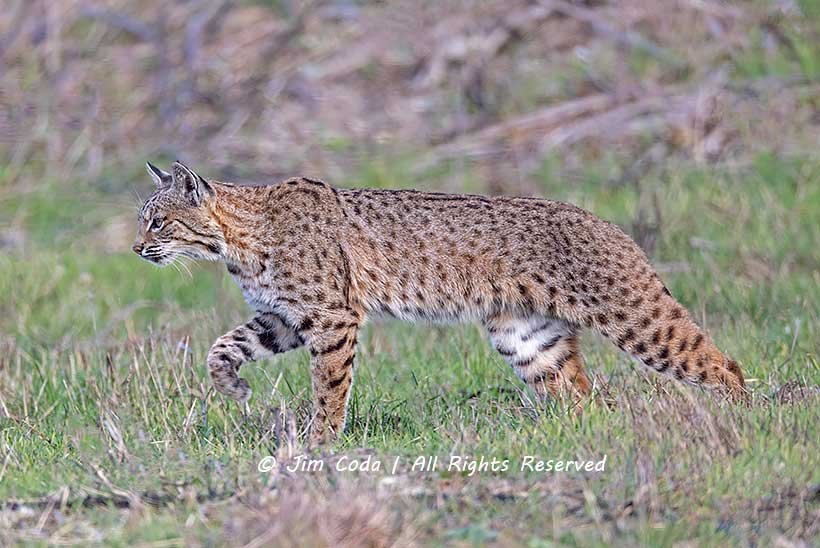
My Old Friend, Handsome Bob
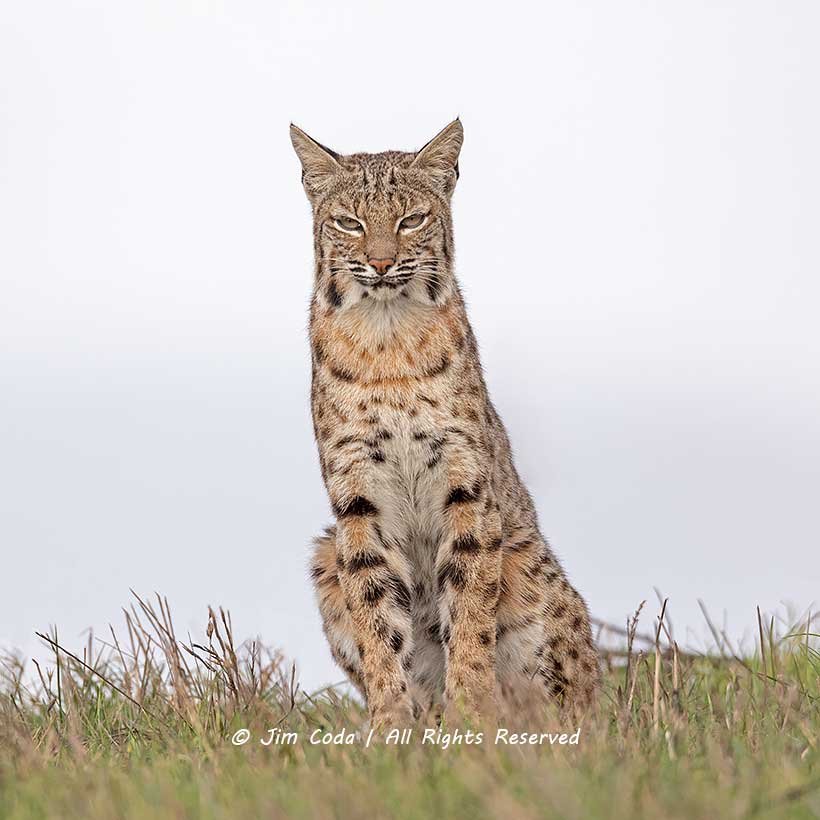
Handsome Bobcat, After Eating a Very Large Gopher
I’m not very happy photographing animals against white skies. It happens more with birds than mammals and I often don’t even bother, but Bob left me no choice. He was looking his handsome self and so I cranked up the exposure compensation and fired away. Bob looks good no matter what. To see larger versions of Bob’s photos, click to see my portfolio pages here and here.
